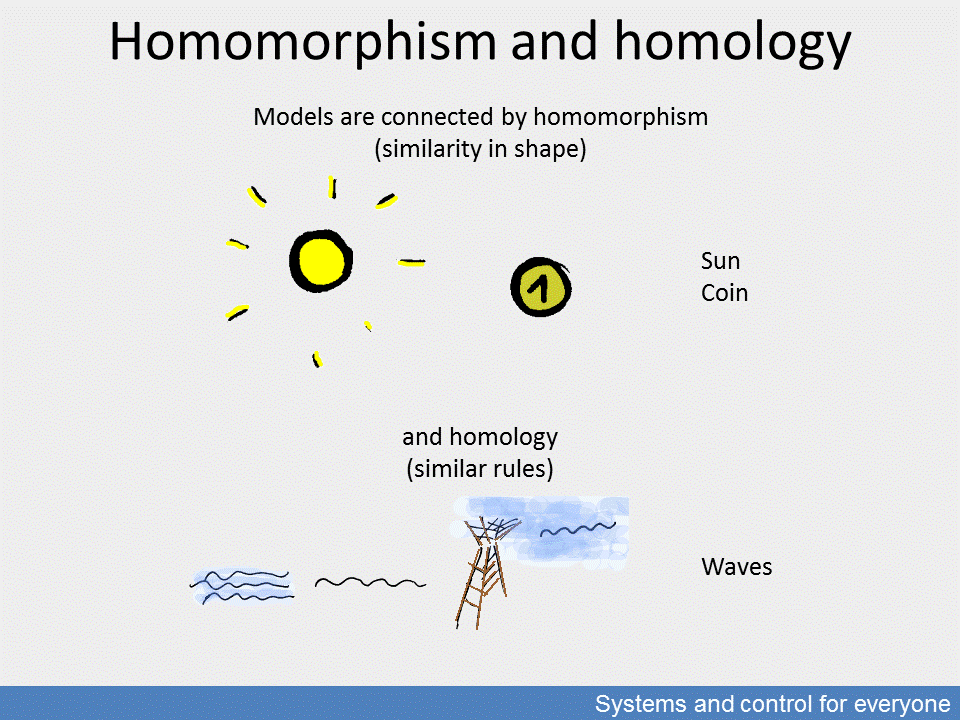

Homomorphism and homology
The similarities of phenomena are categorised from two main aspects: one is formal similarity, or with the Greek term, homomorphism. The above described formal abstractions were based on such similarities. The other aspect is homology which is the similarity of the rule describing and explaining the phenomenon. Primarily, these are the process similarities relating to dynamics. The representation of these similarities are primarily mathematical, such as Newton’s equations of motion or Einstein’s equilibrium theories, including the description of all chemical processes.
Naturally, the two are not independent from each other: similarities refer to each other in the form of analogies and have a decisive role in the ability to create and recognise new things.